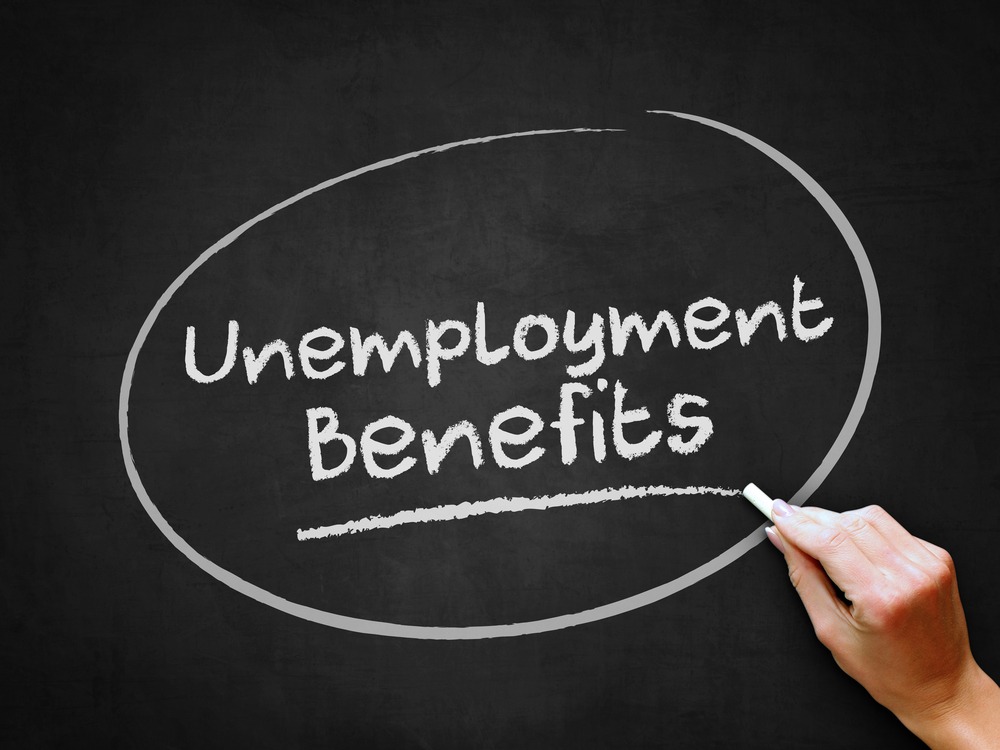Sweden has captured international attention by conducting an open-air, unorthodox experiment. This started since the coronavirus emerged in Europe. It allowed the world to see what happens in a pandemic when the government allows life to carry on mostly unhindered.
That is what happened next: Thousands of more people died than in neighboring countries that imposed lockdowns. Moreover, the economy of Sweden has fared little better.
Jacob F. Kirkegaard works at the Peterson Institute for International Economics in Washington. He is a Senior Fellow. Kirkegaard said that they gained nothing. Moreover, they have no economic gains and a massive self-inflicted wound.
The results of the experience in Sweden are relevant well beyond Scandinavian shores. In the United States, the virus is spreading at an alarming speed. President Trump urged and avoided lockdowns or lifted them prematurely on the assumption that this would foster the revival of the economy. Thus, they allowed people to return to restaurants, workplaces, and shops.
Prime Minister Boris Johnson (previously hospitalized with Covid-19) in Britain reopened restaurants and pubs last weekend in a bid to restore healthy economic life.
Implicit in those approaches is the assumption that governments must balance saving lives against the imperative of sparing jobs. Moreover, the increased health risks of rolling back social distancing were justified by a resulting boost to prosperity. Nevertheless, Sweden’s grim result (nearly equal economic damage and more death) suggests that the supposed choice between paychecks and lives is a false one. So, we can derive from this that a failure to impose social distancing will most probably cost jobs and experiences at the same time.
Sweden and Other Countries
Sweden put stock in the sensibility of its people because it largely avoided imposing prohibitions. The government allowed most schools, playgrounds, shops, and gyms to remain open. By contrast, Norway and Denmark opted for strict quarantines. Thus, they banned large groups and locked down restaurants and shops.
Coronavirus is blamed for 5,420 deaths in Sweden more than three months later. This is according to the WHO (World Health Organization). Compared with the more than 129,000 Americans who have died, that might not sound especially horrendous. Sweden has suffered forty percent more deaths than the United States, per million people, however. This is six times more than Denmark, twelve times more than Norway, and seven times more than Finland.
The high death due to the approach by Sweden has been transparent for many weeks. Despite letting its economy run unimpeded, Sweden has still suffered prosperity-diminishing and business-destroying damage, and at nearly the same magnitude of its neighbors.
The central bank of Sweden expects its economy to contract by 4.5 percent this year. This is a revision from a previously forecasted gain of 1.3 percent. Oxford Economics concluded in a recent research note that the overall damage to the economy means that the recovery will prolong. Moreover, unemployment will remain elevated.
Unfortunately, coronavirus does not stop at the borders. This is despite the decision by the government to allow the domestic economy to roll on. The people of Sweden responded to the fear of COVID-19 by limiting their shopping, as it seems.















